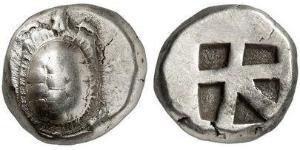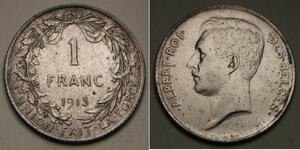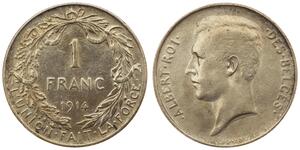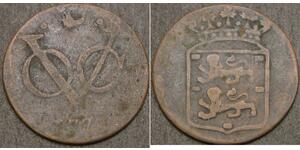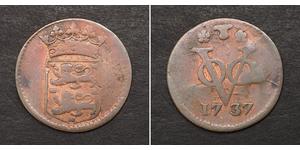[ 2758] Certified Authentic Ancient Coin of: Greek Island city of Chios Silver Didrachm 20mm (7.87 grams) Struck 460-450 B.C. Reference: S. 4594; Baldwin 21, 35; SNG Lockett 2858 Sphinx seated left, amphora in field to left. Quadrapartite incuse square. The city of Chios, the chief settlement on the large and important island of the same name, started producing coinage in the middle of the 6th century B.C. It had a fine harbor and achieved great prosperity, as well as being a cultural center. In 86 B.C. the city was sacked by Mithradates' forces, but Sulla restored the place and thereafter the Chians enjoyed special privileges under Roman rule. Provided with certificate of authenticity. CERTIFIED AUTHENTIC by Sergey Nechayev, PhD - Numismatic Expert Chios is the fifth largest of the Greek islands, situated in the Aegean Sea, seven kilometres (five miles) off the Asia Minor coast. The island is separated from Turkey by the Chios Strait. The island is noted for its strong merchant shipping community, its unique mastic gum and its medieval villages. The eleventh century monastery of “Nea Moni”, a UNESCO World Heritage Site, is located on the island. "Chios" is also the name of the island's main town and administrative centre, although locals refer to it as "Hora" ("Χώρα" literally means land or country, but usually the name given to the capital or a settlement at the highest point of a Greek island). Administratively the island forms a separate prefecture (nomós- νομός) within the North Aegean Periphery. Known as "Ofioussa" (having snakes) and "Pityoussa" (having pine trees) in antiquity, during the medieval age the island was ruled by a number of external powers and has been also known as Scio (Genoese), Chio (Italian) and Sakız (صاقيز —Ottoman Turkish). The capital has also been called "Castro" or "Kastron" (Καστρον; meaning castle). History Pre-historic Period Archaeological research on Chios has found evidence that the island has been inhabited since at least the Neolithic era. The primary sites of research for this period, have been cave dwellings at Hagio(n) Galas, in the north, and a settlement and accompanying necropolis in modern-day Emporeio at the far south of the island. The lack of information on this period however, cannot be overstated and theories on the size and duration of these settlements have not been well established. The British School of Athens excavated the Emporeio site in 1952–1955, and most of our current information comes from these digs. The Greek Archaeological Service (G.A.S.) has been excavating periodically on Chios since 1970, though much of their work on the island remains unpublished. The noticeable uniformity in the size of houses at Emporeio is what primarily drives scholar's theory that there may have been no serious social distinction during the Neolithic on the island, the inhabitants instead all benefiting from agricultural and livestock farming. It is also widely held by scholars that the island was not occupied by humans during the Middle Bronze Age (2300–1600), though researchers have suggested recently that the lack of evidence that exists during this period may only demonstrate the lack of excavations on Chios and the northern Aegean. By at least the eleventh century BC the island was ruled by a kingdom/chiefdom, and the subsequent transition to aristocratic (or possibly tyrannic) rule occurred sometime over the next four centuries. Future excavations may reveal more information about this period. Ninth-century Euboean and Cypriote presence on the island is attested by ceramics, while a Phoenician presence is noted at Erythrae, the traditional competitor of Chios on the mainland. Classical Period Pherecydes, native to the Aegean, wrote that the island was occupied by the Leleges, aboriginal Greeks themselves reported to be subject to the Minoans on Crete. They were eventually driven out ...
voir plus
Similar Coin Groups
2025-05-27
- New coin is added to 1 Franc Belgique Argent
1 Franc Belgique Argent
Le groupe a 4 pièces / 4 prix
⇑
Belgium - 1 Franc 1914 - Albert I, Silver, French text
2025-05-24
- New coin is added to 1 Duit Pays-Bas Cuivre
1 Duit Pays-Bas Cuivre
Le groupe a 18 pièces / 17 prix
⇑
1737, Netherlands East Indies (VOC). Copper "West Friesland" Duit Coin. F! Mint Year: 1737 Condition: Fine! Denomination: Duit Reference: KM-131. Region: Netherlands East Indies Issuer: ...
Vous pourriez être intéressé par...










